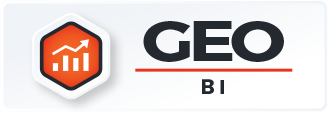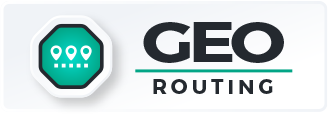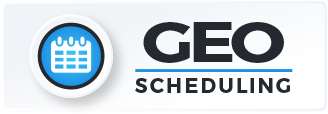- Blog
- Geo Mapping
- Mapping Software Use Cases for Business Forecasting and Growth
Forecasting isn’t just about numbers—it’s about location. Whether you’re planning a retail expansion, analyzing sales trends, or exploring new markets, mapping software transforms raw data into spatial insights that drive better business decisions. By layering performance data, demographic patterns, and geographic boundaries, companies gain a strategic edge in forecasting demand, allocating resources, and identifying growth opportunities. With the right tools, what once required complex spreadsheets and static reports becomes a visual, dynamic process. Below, we explore how businesses use mapping software to forecast with confidence and grow with precision.
Visualize Sales Performance Across Regions
One of the most common use cases for mapping software is sales performance visualization. Businesses can map historical sales data by region, territory, or store location to quickly identify top-performing areas and those that need attention. These visual insights make it easier to spot trends, seasonal fluctuations, or gaps in sales coverage. Instead of poring over pivot tables, decision-makers can view performance at a glance, then zoom in for deeper analysis. Interactive dashboards allow users to filter by time frame, product line, or sales rep, creating a flexible, real-time forecasting engine powered by location intelligence.
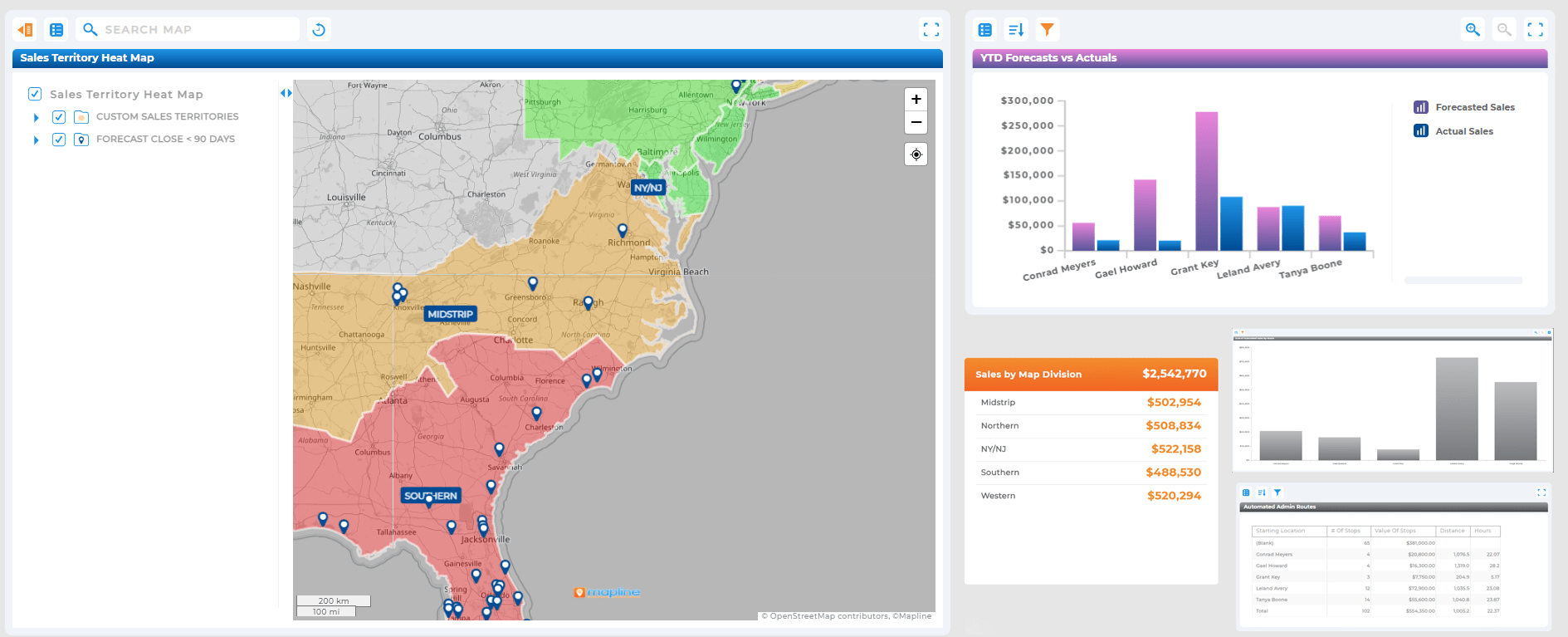

Pro Tip: Not all mapping software is built for growth forecasting. Look for tools with territory management, heat mapping, and data visualization features built-in—like those offered in Mapline’s Geo BI suite. These features make it easy to combine geographic insights with your business data and project growth with confidence.
Identify High-Opportunity Markets
Growth depends on knowing where to invest next. Mapping software helps businesses identify high-potential markets through location-based forecasting and spatial analysis. By overlaying customer density, competitor presence, demographic data, and historical performance, companies can evaluate areas with untapped potential. This kind of geographic business intelligence enables smarter, faster expansion planning, especially for retail and service-based brands. For example, a business might discover that certain zip codes show strong customer behavior patterns despite minimal marketing, pointing to a ripe opportunity for growth.
Market Expansion Analysis
Companies use mapping software to compare markets side by side and assess readiness for expansion. Variables like average household income, foot traffic, and proximity to competitors can be factored in to determine strategic viability. This ensures that growth investments align with data—not guesswork.
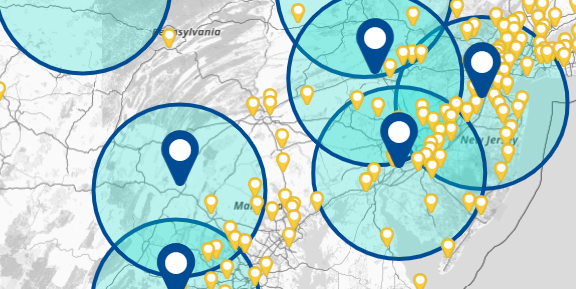
Retail Site Planning
Franchises and brick-and-mortar businesses use spatial forecasting tools to pinpoint ideal store locations. They can simulate catchment areas, visualize overlapping territories, and align site placement with existing customer patterns to maximize return on investment.
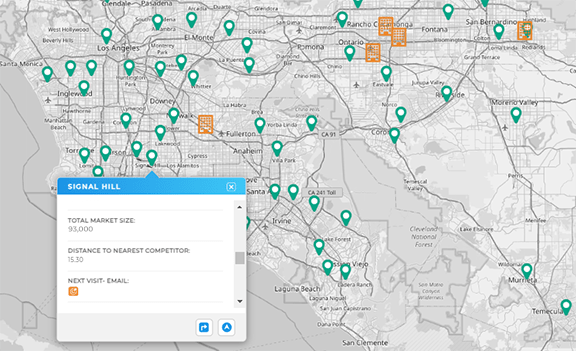
Territory Planning Tools
Territory planners use mapping software to design balanced sales and service areas that align with predicted demand. This prevents over-saturation, reduces inefficiencies, and sets up field teams for long-term success in newly developed markets.
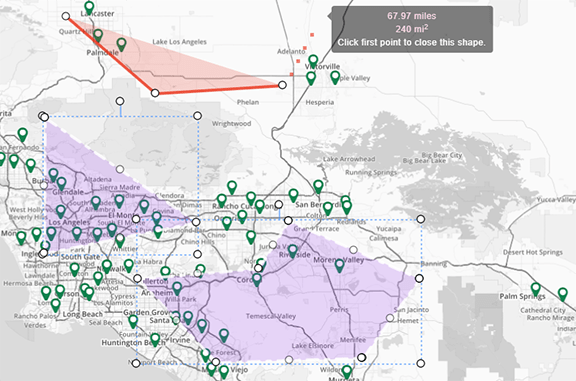
Monitor Shifts in Consumer Behavior
As customer preferences evolve, forecasting models must keep pace. Business mapping software makes it easy to track consumer behavior across different regions, revealing emerging patterns or sudden drops in demand. By analyzing customer activity and purchase trends geographically, teams can proactively adjust inventory, staffing, and marketing strategies. Real-time updates enable constant iteration, allowing businesses to pivot faster and stay aligned with shifting demand signals.
Forecast Resource Allocation
Mapping tools help companies optimize where to allocate people, products, and marketing budgets. For field-based teams, this might mean adjusting rep coverage based on predicted customer volume. For supply chains, it could mean mapping delivery routes that anticipate seasonal spikes or geographic bottlenecks. By combining historical data with spatial trends, companies ensure that every dollar and hour is used more efficiently. The result is lower operating costs and more accurate growth forecasting at every level of the organization.
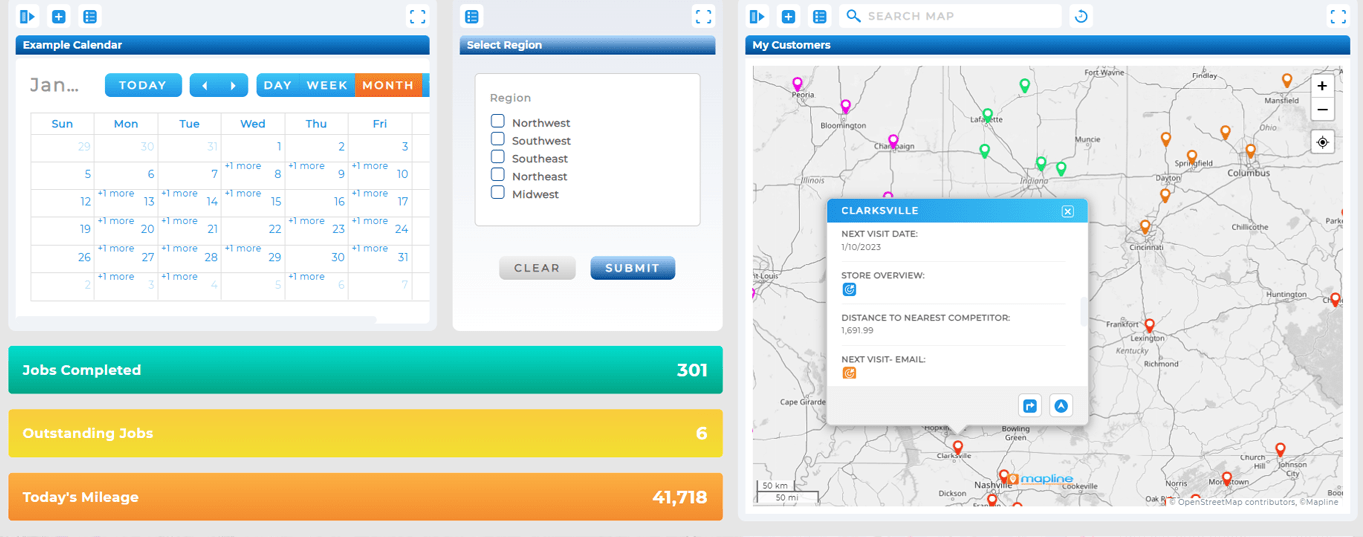
Use Cases by Industry
While mapping software supports nearly every business function, its forecasting power becomes especially impactful in certain industries. Whether you’re planning product launches, franchise expansions, or field team deployments, location intelligence can be the difference between reactive and strategic growth. Here are a few standout use cases across industries:
Retail and Franchise Growth
Retailers use mapping software to evaluate new store locations, analyze foot traffic potential, and design equitable franchise territories. Visualizing customer segments and competitor proximity helps brands avoid market saturation and optimize promotional targeting.
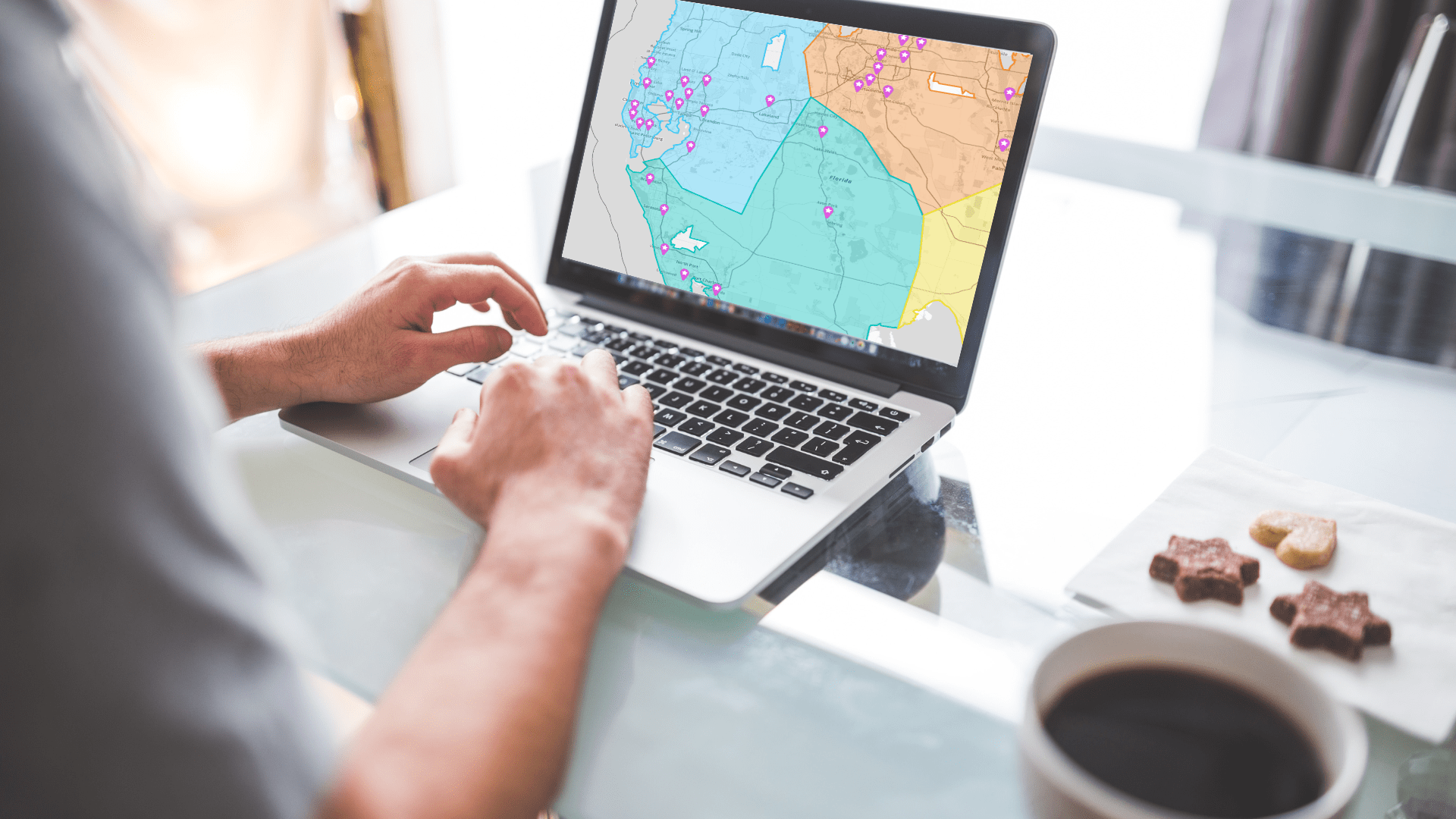
Logistics and Supply Chain
Shipping and logistics companies forecast future delivery needs by analyzing route efficiency, delivery zones, and congestion points. Mapping software enables better warehouse placement, fleet routing, and risk forecasting during peak seasons or weather events.
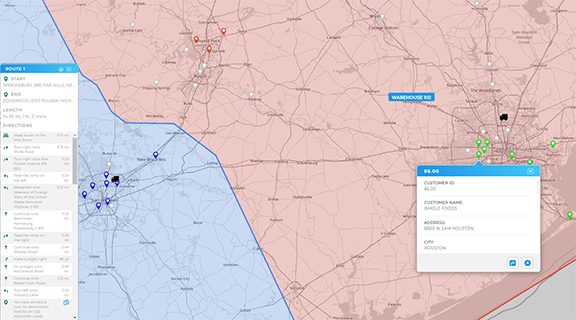
B2B Sales Teams
Sales managers use forecasting maps to realign reps, rebalance workloads, and allocate leads based on performance by territory. This ensures reps are focused where they’ll have the greatest impact, maximizing coverage without overextending resources.
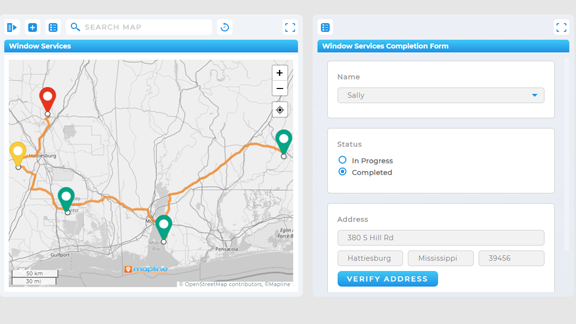
Healthcare and Outreach
Public health organizations and private providers use location-based forecasting to plan mobile clinics, vaccine rollouts, and health service outreach based on population trends, underserved areas, and past demand spikes.

Mapping software helps businesses visualize historical data, analyze trends by location, and project future performance across regions or customer segments. It’s used for expansion planning, sales optimization, resource allocation, and more.
Industries like retail, logistics, healthcare, and B2B sales benefit significantly. These sectors rely on location-specific data to guide decisions like store placement, delivery routing, staffing, and outreach planning.
Yes. Most modern mapping software platforms—including Mapline—can integrate with CRMs, spreadsheets, and databases to make location analysis part of your existing workflows.
Territory planning ensures sales and service coverage is balanced and efficient, preventing burnout and resource misalignment. When paired with forecasting data, it helps businesses grow strategically into the right regions.
Yes. By layering historical sales data, customer location trends, and market indicators, businesses can anticipate future demand and proactively prepare operations and marketing.






